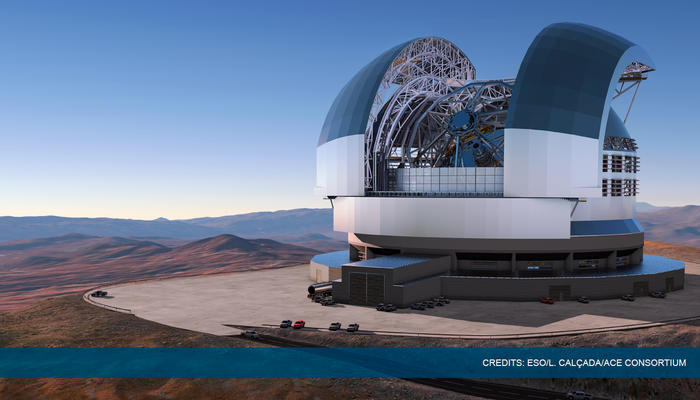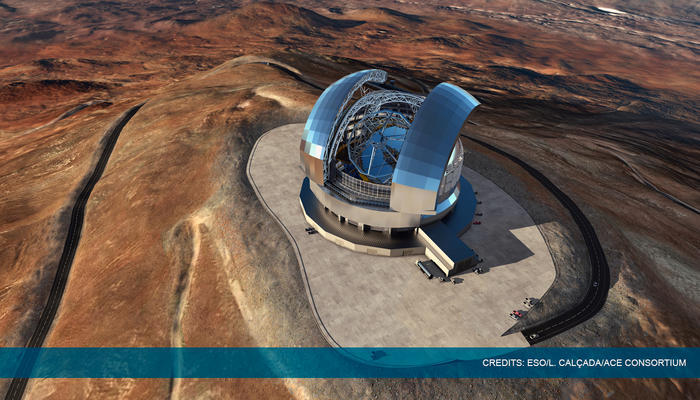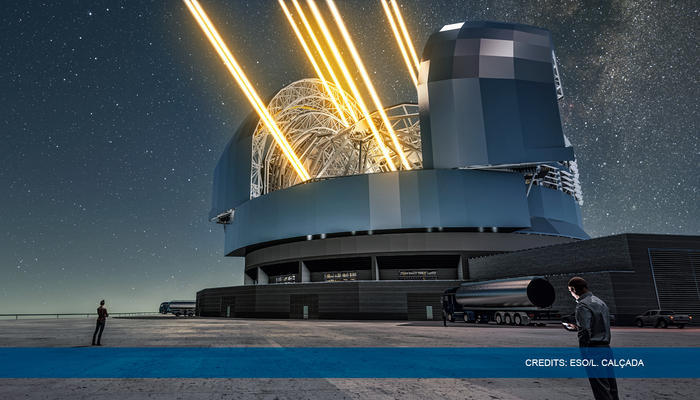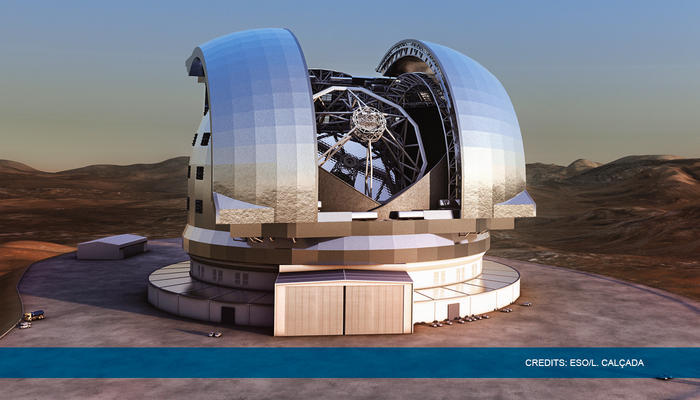




Project Highlights
| Sector | other civil buildings | |
| Country | Chile | |
| Location | Cerro Armazones (Atacama Desert) | |
| Type of Contract | EPC Contract | |
| Contract value | EUR 400 milion | |
| Customer | ESO (European Southern Observatory) | |
| Contractor | Consorzio ACe, with Astaldi (leader at 60%) | |
| Progress | in progress | |
| Construction | from february 2016 |
Description
Design and construction project of the - Extremely Large Telescope (-ELT), the largest optical telescope in the world, represents a challenge for complexity, extreme precision required and the context in which it is being built, the Chilean desert. The -ELT is the most important project approved by ESO and the largest contract ever in ground-based astronomy.
The new telescope is being built in Chile on the Cerro Armazones, in the central part of the Atacama Desert, one of the driest areas in the world, at an altitude of 3,000 meters above sea level.
Civil building works will involve design and construction of the telescope’s “Main Structure” and “Dome”, representing a real engineering challenge.
The "Dome" (90 m high and 95 m wide, weight of 6,000 tons) is the structure inside which the telescope is housed. The main opening of the Dome is protected by two sliding doors and, immediately inside, a sliding panel that serves to protect the telescope from wind gusts. The "Main Structure" (50 x 60 m and 3,600 tons of weight) is the structure that houses the mirrors and the scientific instrumentation. Both of them are rotating structures, and must rotate in a perfectly synchronized way.
The -ELT telescope is equipped with a primary mirror of 39.3 m in diameter, consisting of 798 adjustable hexagonal mirrors to form a perfect parabola (the alignment error is in the order of the nanometers), and another 4 secondary mirrors. Aspects that provide a focusing capability 100 million times better than the human eye and the ability to gather more light than all the major telescopes existing on the planet with 8-10m diameter primary mirrors.
Construction of such a complex and technologically advanced project is full of challenges. Precision: the telescope will explore the space at 13.5 billion light years and the maximum acceptable deviation during rotation is 0.0013 degrees (a few tens of microns). Rotation must take place without shock or fast acceleration to avoid compromising the integrity of mirrors and instrumentation. Security: Chile is one of the countries with the highest seismic risk, which has necessarily led to the design of a totally anti seismic structure. The Cleaning: the environment inside the Dome is conceived as a huge "clean room" of 1 million m3 where the air needs to be filtered and kept at the expected temperature for the night to prevent dust and thermal swings compromising the observation of space. It is thus guaranteed that the Telescope steel structure and its scientific instrumentation reach a temperature that in each point does not differ of more than ±2°C with respect to the night time temperature when opening the sliding doors.
Astaldi (leader at 60%) will carry out the works in consortium with Cimolai (40%), and with EIE Group (an international leader in design, production and management in the fields of Astronomy and Astrophysics).
Further information: ELT page on ESO web site